Growing Demand in Automotive Sector
The automotive sector in the US is experiencing a notable increase in demand for diisopropylbenzene, primarily due to its application in the production of various automotive components. As manufacturers seek to enhance the performance and durability of vehicles, the incorporation of diisopropylbenzene in adhesives and sealants is becoming more prevalent. This trend is expected to drive the diisopropylbenzene market, with projections indicating a growth rate of approximately 4.5% annually over the next five years. The automotive industry's shift towards lightweight materials and improved fuel efficiency further supports the need for high-performance chemical compounds, thereby bolstering the demand for diisopropylbenzene in the US market.
Rising Applications in Pharmaceuticals
The pharmaceutical industry in the US is increasingly utilizing diisopropylbenzene for its solvent properties and role in drug formulation. This trend is indicative of a broader shift towards the use of specialty chemicals in pharmaceutical applications, which is expected to drive the diisopropylbenzene market significantly. With the pharmaceutical sector projected to grow at a rate of 5% annually, the demand for high-quality solvents like diisopropylbenzene is likely to rise correspondingly. The ability of diisopropylbenzene to enhance the solubility and stability of active pharmaceutical ingredients makes it a valuable component in drug development, thereby contributing to the overall growth of the market.
Increased Focus on Research and Development
The heightened focus on research and development (R&D) within the chemical industry is poised to impact the diisopropylbenzene market positively. Companies are investing in R&D to innovate and develop new applications for diisopropylbenzene, which may lead to its adoption in emerging sectors such as renewable energy and advanced materials. This trend is supported by government initiatives aimed at fostering innovation in the chemical sector, with funding for R&D expected to increase by 10% over the next few years. As new applications are discovered, the market for diisopropylbenzene could expand, creating additional opportunities for growth and diversification.
Regulatory Support for Chemical Innovations
Regulatory frameworks in the US are increasingly supportive of innovations in the chemical industry, which is likely to benefit the diisopropylbenzene market. Recent policy changes aimed at promoting sustainable chemical practices and reducing environmental impact may encourage manufacturers to explore new formulations and applications for diisopropylbenzene. This regulatory support is expected to stimulate investment in cleaner production technologies, potentially leading to a more competitive market landscape. As companies adapt to these regulations, the demand for diisopropylbenzene may increase, driven by the need for compliant and innovative chemical solutions.
Expansion of Chemical Manufacturing Facilities
The expansion of chemical manufacturing facilities across the US is a significant driver for the diisopropylbenzene market. As companies invest in new production capabilities, the availability of diisopropylbenzene is likely to increase, meeting the rising demand from various end-use industries. Recent data suggests that the chemical manufacturing sector is projected to grow by 3% annually, leading to enhanced production capacities for diisopropylbenzene. This expansion not only supports domestic supply but also positions the US as a competitive player in The diisopropylbenzene market. The establishment of advanced manufacturing technologies may further optimize production processes, potentially reducing costs and increasing the overall market attractiveness.


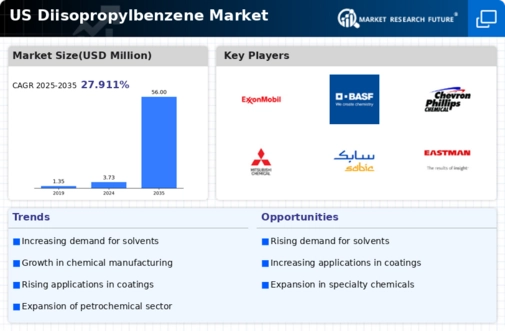
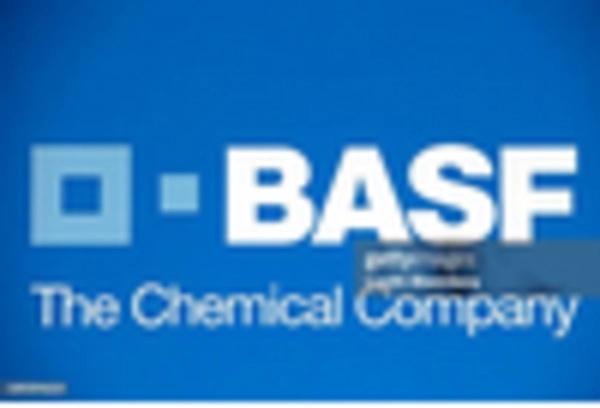
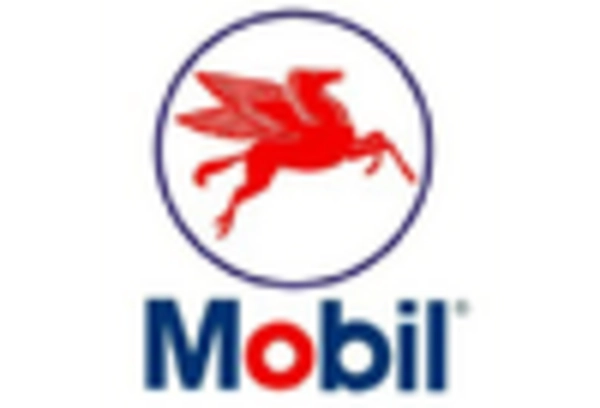
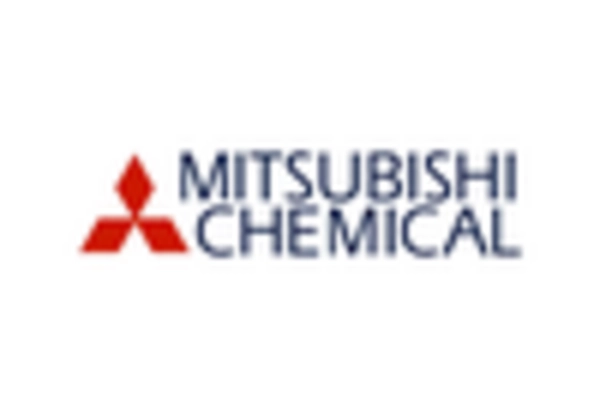
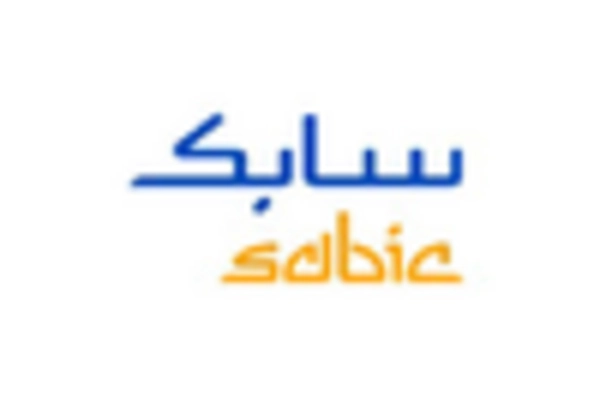
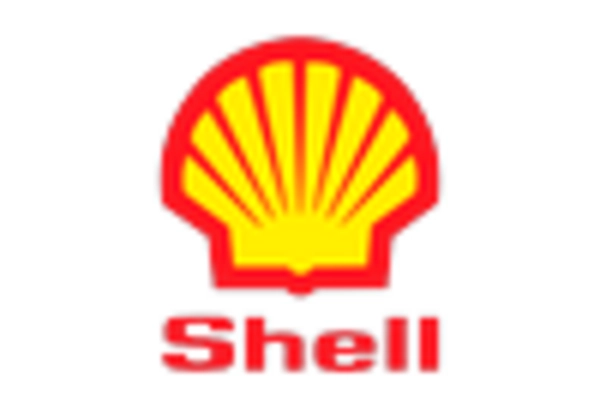
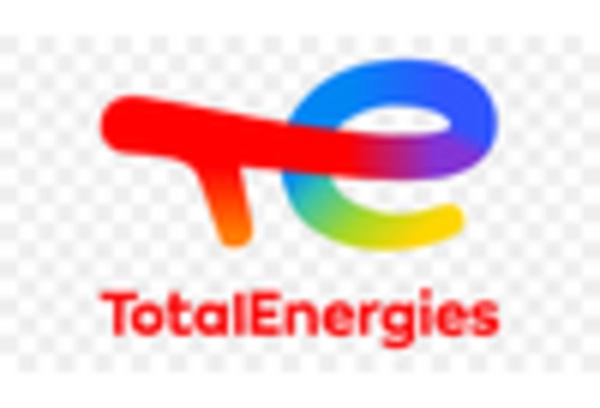








Leave a Comment